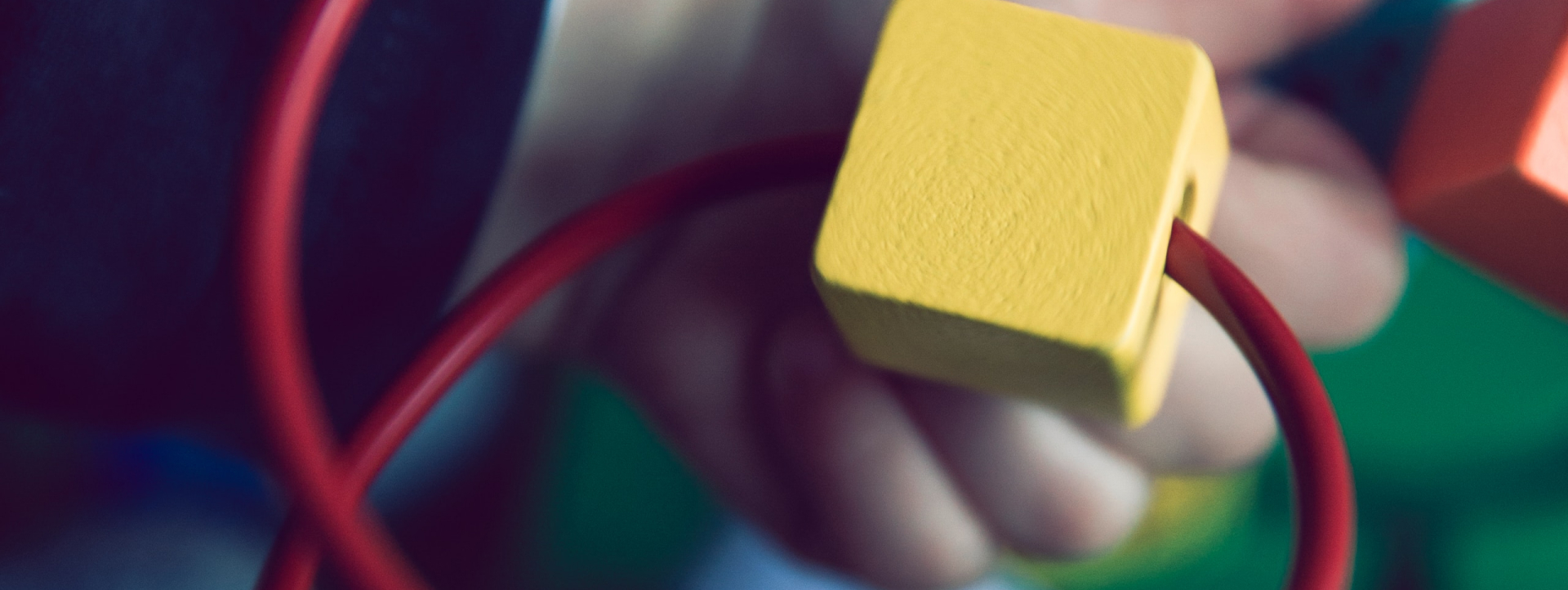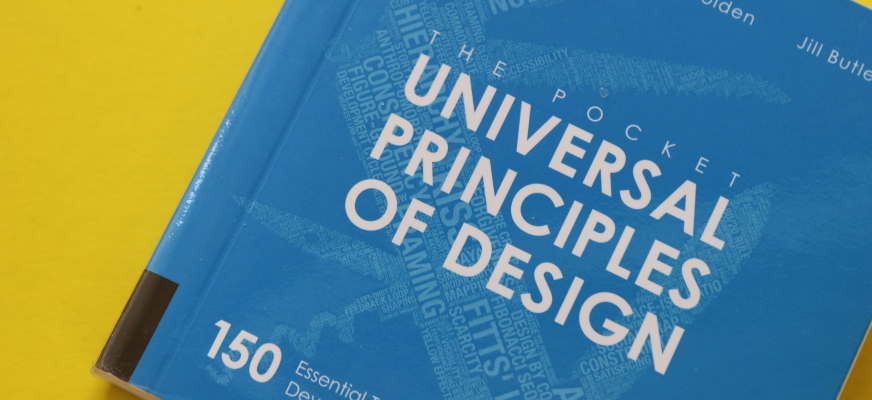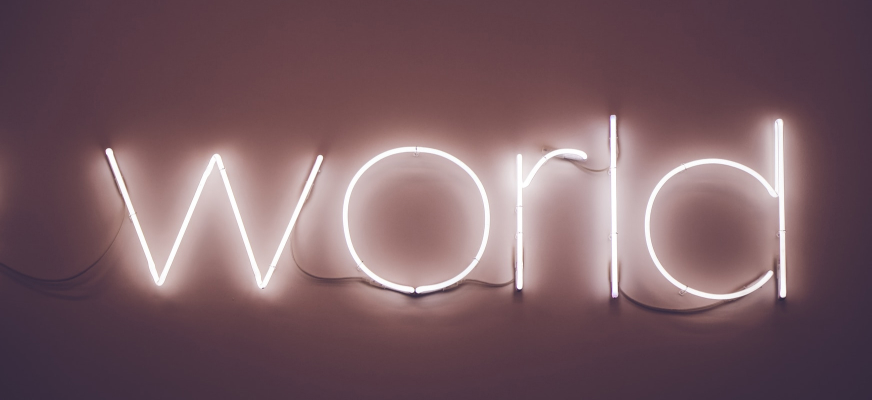
Here's a medley of 20 skills to help you become a design expert, no matter where you're at in your career.
Being a web designer involves harmoniously combining visuals and content. But non-technical skills, like collaboration and communication, are also important.

You don’t need to know music theory to write a song, and if you’ve never taken an art class, you can still draw. Some of us might have an innate artistic ability, but knowing the basic fundamentals can make the difference between recreating what you see and being able to build a design that’s calculated and unique.
“Essential visual design principles” does a deeper dive into the principles of visual design rooted in Gestalt psychology. These fundamentals are the foundation of web and graphic design and important to know. Whether you’re designing a portfolio or a print ad, these concepts can help guide your work. Let’s do a quick recap.
EmergenceRather than focusing on individual parts, we tend to process visual stimuli as a whole. Emergence is seeing an arrangement of visuals and immediately understanding what they represent. When something breaks a pattern, we become aware of the pieces that make it up.
ReificationReification is using only the essential parts of an object to make it identifiable. It lets you exercise restraint in a design, while still conveying meaning.
InvarianceInvariance is being able to use tasteful discordance in your designs, making something stand out from a group of similar objects. The use of invariance allows you to highlight parts of a design.

Typography shapes our perception of ideas. A type’s weight and geometry communicates meaning, and as a designer, it’s important to know the best way to deliver messaging with the appropriate typographical choices.
All the font options can make it hard for new designers to know what to choose. Practical fonts like Georgia, Verdana, and Roboto work well for body copy, while more decorative typefaces should be used sparingly as ornamentation. Good designers know the difference between type styles and where to use them.
There are plenty of resources on the web to help broaden your typographic knowledge. FONTS IN USE shows different typefaces applied to a variety of media. Tools like Font combinations for web designers can give you ideas for possible pairings.
Leave a Comment
Comments (02)
Kevin
2 hours agoDonec pellentesque luctus tortor finibus blandit. Fusce tincidunt lectus augue, quis commodo justo tincidunt eget. Praesent at elit diam.
Marry
2 hours agoNulla varius enim eu dui venenatis, nec lacinia urna gravida. Vivamus euismod tincidunt eros at bibendum. Proin lacus dolor, posuere et posuere eu, congue posuere lectus. Suspendisse id lorem egestas, volutpat lacus a, auctor justo. Cras ac elementum arcu, eget ornare massa. Donec eget urna magna. Fusce vestibulum arcu eu libero ullamcorper, nec semper dolor bibendum. Mauris laoreet justo massa, vitae venenatis augue dignissim ac.
Write a Replay